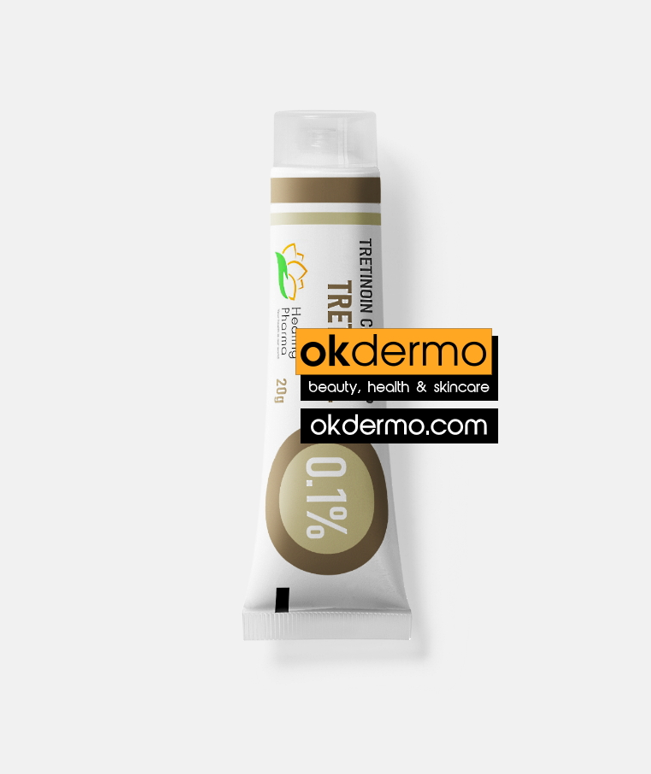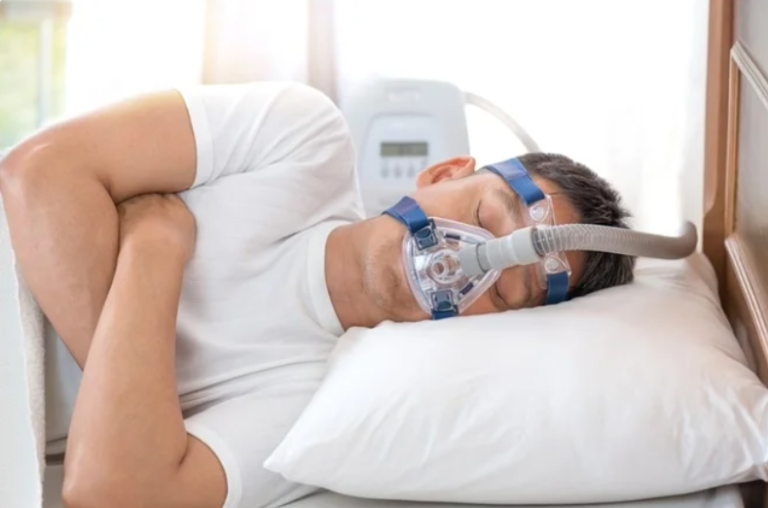How to Manage Urinary Incontinence Without Surgery
Urinary incontinence can be a frustrating and often embarrassing issue for many people, especially women during and after pregnancy or aging individuals. Fortunately, surgery isn’t the only answer. With the right guidance, lifestyle changes, and physical therapy, many people can manage their symptoms effectively. Specialized services such as Incontinence Mount Pleasant SC offer evidence-based physical therapy solutions that help patients regain control without invasive procedures.
In this article, we’ll walk you through the causes of urinary incontinence, the types you should know about, and — most importantly — how to manage it naturally and effectively.
What Is Urinary Incontinence?
Urinary incontinence refers to the unintentional loss of urine. This condition affects millions of people around the world, especially women, and it can range from occasional leaks during exercise to strong, sudden urges that make it difficult to reach the bathroom in time.
There are several types of urinary incontinence:
- Stress Incontinence: Leaks triggered by pressure (e.g., laughing, sneezing, or lifting).
- Urge Incontinence: A sudden intense urge to urinate, often followed by involuntary leakage.
- Overflow Incontinence: When the bladder doesn’t empty fully, causing frequent dribbling.
- Mixed Incontinence: A combination of the above types, most commonly stress and urge.
Understanding which type you’re experiencing is the first step toward effective treatment.
Causes of Urinary Incontinence
Urinary incontinence can stem from several causes, including:
- Pelvic floor weakness (often due to childbirth, menopause, or aging)
- Bladder or urinary tract infections
- Neurological disorders like multiple sclerosis or Parkinson’s
- Certain medications (such as diuretics or sedatives)
- Excess weight, which puts pressure on the bladder
In women, pregnancy and childbirth are leading contributors due to strain on the pelvic floor muscles. In men, an enlarged prostate or prostate surgery may be the cause.
Why Avoid Surgery?
While surgery can be effective for some severe cases, many people prefer to avoid it for the following reasons:
- Risks and complications such as infection or organ damage
- Recovery time, which can interfere with daily life
- Mixed success rates depending on the procedure
- Costs, especially for those without comprehensive insurance
The good news? Conservative treatment options — including lifestyle changes and physical therapy — often lead to excellent results without these drawbacks.
Lifestyle Changes That Make a Difference
Making small adjustments to your daily routine can significantly improve symptoms of incontinence. Here are a few expert-recommended tips:
1. Bladder Training
Train your bladder by scheduling bathroom visits and slowly increasing the time between them. This can help reduce urgency and frequency over time.
2. Diet Adjustments
Certain foods and drinks can irritate the bladder. Try cutting back on:
- Caffeine
- Alcohol
- Spicy foods
- Carbonated beverages
- Artificial sweeteners
3. Hydration Control
Ironically, not drinking enough water can make incontinence worse by concentrating urine and irritating the bladder. Stay hydrated, but in moderation.
4. Weight Management
Carrying excess weight increases abdominal pressure and can worsen symptoms. Losing even 5–10% of your body weight can lead to noticeable improvements.
5. Avoid Smoking
Smoking leads to chronic coughing, which can weaken pelvic muscles over time — and it’s another good reason to quit!
Pelvic Floor Physical Therapy: The Game-Changer
One of the most effective non-surgical treatments for urinary incontinence is pelvic floor physical therapy. This evidence-based approach strengthens the muscles that control urination and supports the bladder and urethra.
A licensed physical therapist can guide you through:
- Kegel exercises (correctly done — many people do them wrong!)
- Biofeedback therapy to improve muscle coordination
- Manual therapy for muscle tightness or pain
- Bladder control techniques and functional retraining
This kind of focused, one-on-one therapy is often more effective than generic exercise routines or over-the-counter remedies.
The Role of Pregnancy and Postpartum Changes
Urinary incontinence is extremely common among pregnant and postpartum women. As the baby grows, increased pressure on the bladder and weakening of pelvic floor muscles can trigger leaks. Vaginal delivery can stretch and sometimes damage the pelvic floor, especially without proper recovery time.
The good news? Pelvic floor therapy has shown excellent results in postpartum recovery. Many women report significant improvement in bladder control within a few weeks of starting therapy.
Read more: Lucy Payton HealthSciencesForum: Transforming Health Education for Everyone
What to Expect From a Therapy Session
Visiting a pelvic health therapist isn’t as intimidating as it might sound. Here’s what typically happens during your first few sessions:
- Evaluation: The therapist will assess your symptoms, medical history, and pelvic floor strength.
- Personalized Plan: You’ll receive a tailored plan that may include at-home exercises, breathing techniques, and lifestyle guidance.
- Progress Monitoring: Weekly or biweekly visits track your improvement, and the plan adjusts as needed.
You’ll likely notice gradual, consistent improvement over 6–8 weeks, with many patients experiencing life-changing results.
Other Non-Surgical Treatments to Consider
In addition to physical therapy and lifestyle changes, you might also explore:
- Pessary devices: Small, removable devices placed in the vagina to support the bladder
- Medications: Prescribed for urge incontinence to calm bladder muscles
- Electrical stimulation: To help activate weakened pelvic floor muscles
Your healthcare provider can help determine which options are best for your situation.
Final Thoughts
Urinary incontinence may feel like a permanent problem, but it’s often very treatable — and you don’t need surgery to get relief. Whether you’re postpartum, aging, or recovering from a medical condition, there are trusted options available to help you regain confidence and control. If you’re looking for compassionate, evidence-based care, services like Rebecca’s Physical Therapy offer tailored solutions to meet your needs and restore quality of life.






